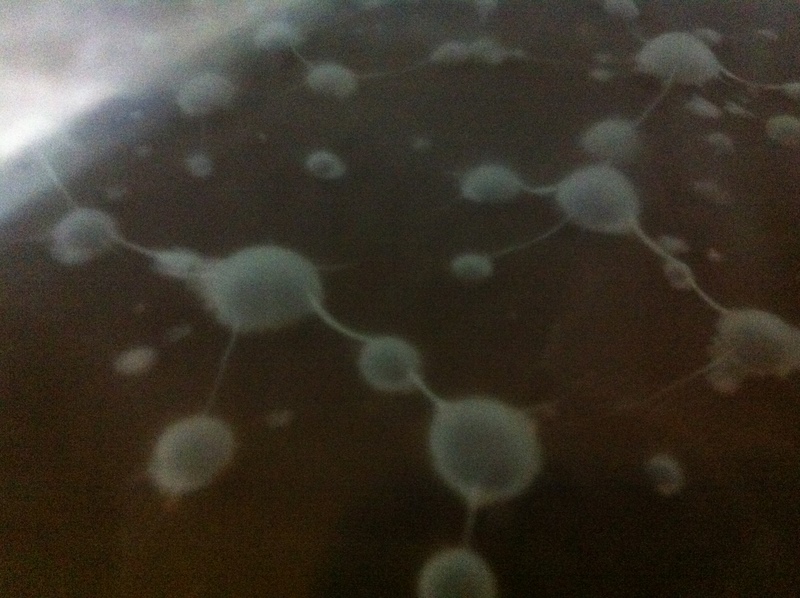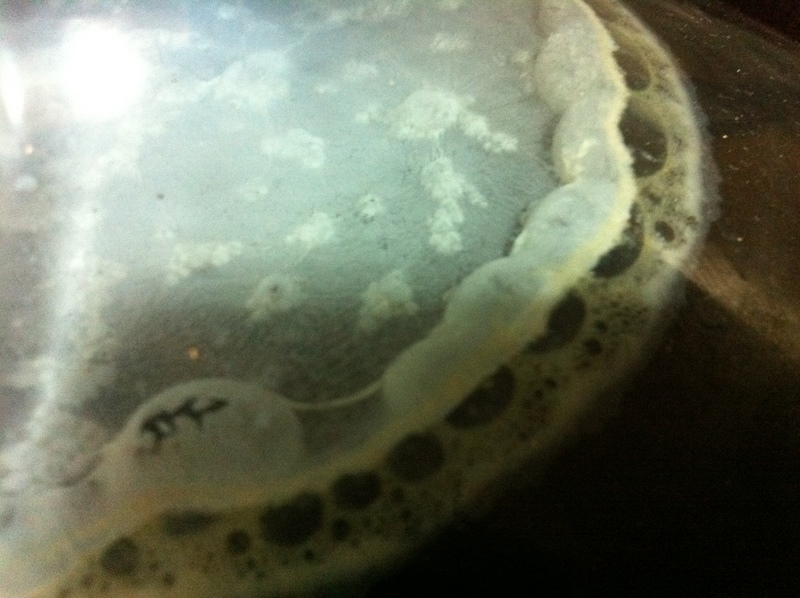jacksnsixes
Member
So...I know I know I know it's "REALLY HARD TO CONTAMINATE YOUR BEER", but I've managed to find myself in a building with mold problems, and of the 35 gallons currently in secondary fermentation, at least 15 are contaminated with some type of mold...
It's awful, actually. This happened earlier in the summer to 2 batches in a row, so we took a break, bought new equipment, replaced all hoses, plastic spoons, etc., soaked all fermentors in bleach/water solutions, and act like OCD crazy people when it comes to sanitizing everything on brew day. And yet...the contamination is back.
I feel depressed and naseous seeing this happen to my beer. SO, I'm asking for help, advice, and suggestions.
First of all:
Can anyone identify what exactly this stuff is? When it first appears (usually 10-15 days into fermentation, though it appeared in primary once as well) it appears as just a sheen on the surface, but within a day it becomes a skin, and then starts to develop large, slimy bubbles. There's a powdery texture covering it all, which is why I'm convinced it's some type of mold, but wonder if anyone has seen this before and knows what it is.
Second: What can be done? One of the beers affected with this stuff is a porter, and it still tastes pretty ****ing great - any way to salvage it?
Any way to prevent this from happening in the future? Losing a batch is an awful tragedy to endure, but at this point I have batches of beer dropping like flies. Help!!



It's awful, actually. This happened earlier in the summer to 2 batches in a row, so we took a break, bought new equipment, replaced all hoses, plastic spoons, etc., soaked all fermentors in bleach/water solutions, and act like OCD crazy people when it comes to sanitizing everything on brew day. And yet...the contamination is back.
I feel depressed and naseous seeing this happen to my beer. SO, I'm asking for help, advice, and suggestions.
First of all:
Can anyone identify what exactly this stuff is? When it first appears (usually 10-15 days into fermentation, though it appeared in primary once as well) it appears as just a sheen on the surface, but within a day it becomes a skin, and then starts to develop large, slimy bubbles. There's a powdery texture covering it all, which is why I'm convinced it's some type of mold, but wonder if anyone has seen this before and knows what it is.
Second: What can be done? One of the beers affected with this stuff is a porter, and it still tastes pretty ****ing great - any way to salvage it?
Any way to prevent this from happening in the future? Losing a batch is an awful tragedy to endure, but at this point I have batches of beer dropping like flies. Help!!






